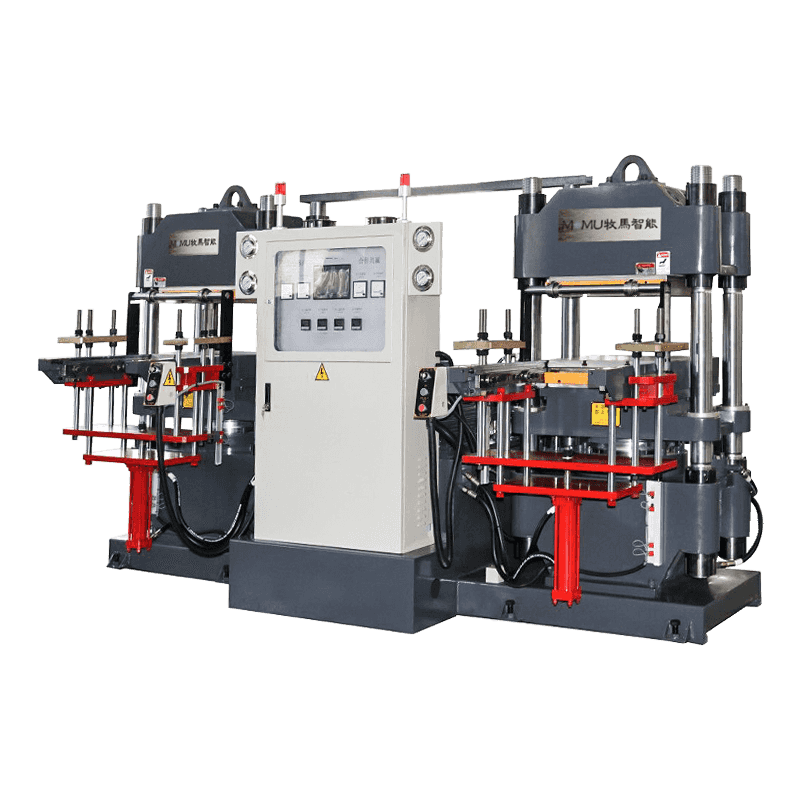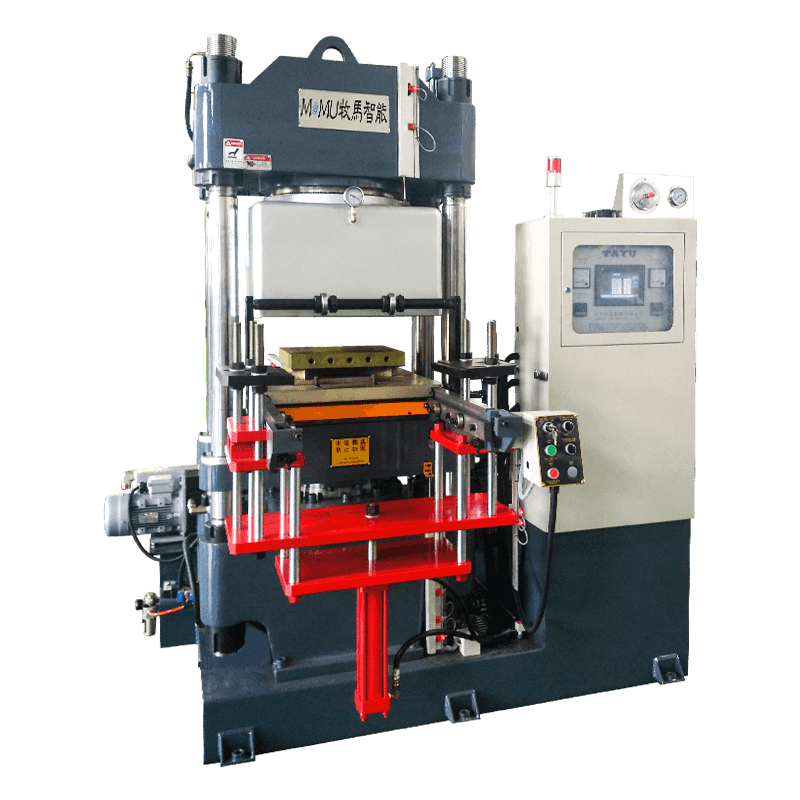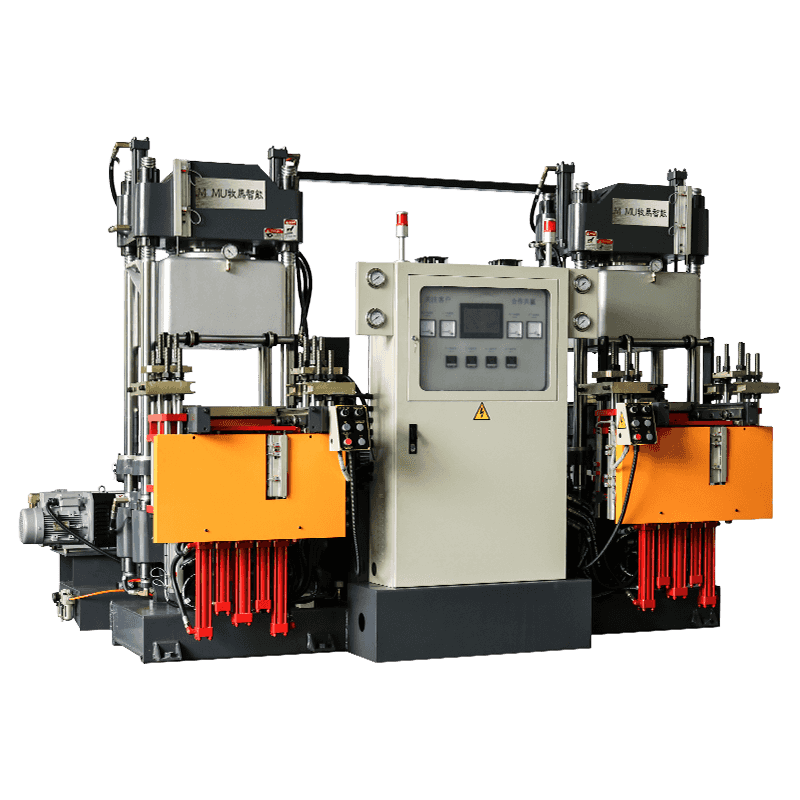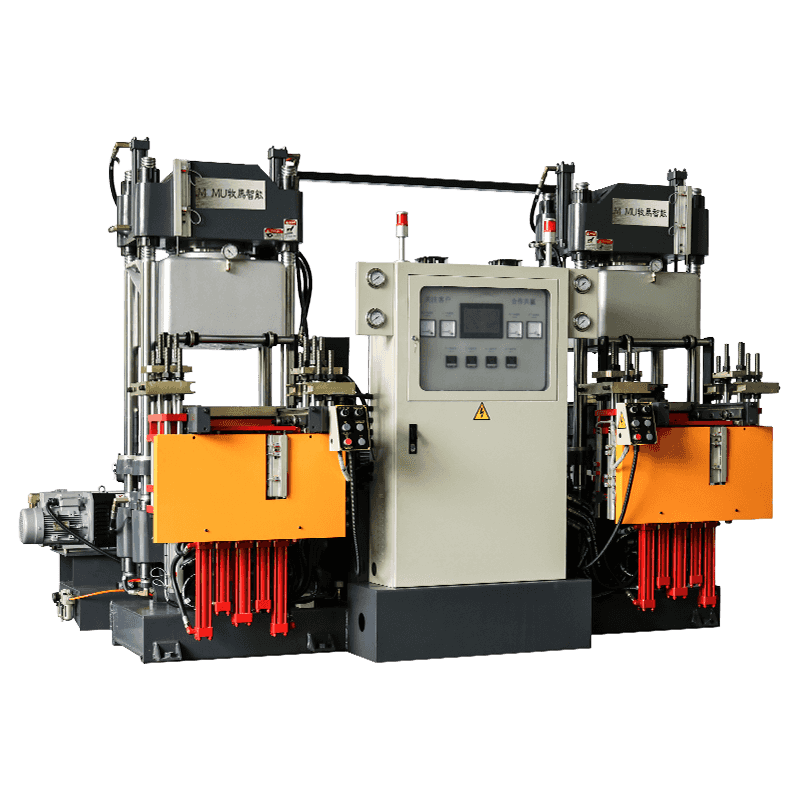In the manufacturing world, the quest for efficiency and precision is constant. One process that stands out for its effectiveness in producing rubber parts is compression molding. At the heart of this process is the rubber compression molding machine, a vital piece of equipment used in various industries, from automotive to consumer goods.
Rubber compression molding is a manufacturing process where raw rubber is placed into a heated mold. The machine then applies pressure, forcing the rubber to conform to the mold's shape. Once the rubber is heated and cured, the mold is opened to reveal the finished product. This process is particularly suitable for producing large quantities of simple, solid rubber components.
These plates are crucial for curing the rubber. They maintain consistent temperatures to ensure proper curing of the rubber material.The mold defines the shape of the final product. Molds can be customized to produce a wide variety of rubber components.This system provides the necessary pressure to compress the rubber in the mold. The hydraulic system allows for precise control over the pressure applied, ensuring optimal results.
Modern machines come equipped with digital control panels that allow operators to monitor and adjust temperature and pressure settings, enhancing efficiency and precision. Compression molding is generally more cost-effective for producing simple parts in large quantities compared to other molding techniques. The relatively low cost of molds and the efficiency of the process contribute to overall savings.

Compression molding machines can produce parts with tight tolerances. The precise control of pressure and temperature ensures consistent quality in the final products, which is crucial for industries that demand high standards.These machines can accommodate a wide range of rubber materials, including natural rubber, synthetic rubber, and various blends. This versatility allows manufacturers to produce diverse products tailored to specific applications.
The compression molding process generates minimal waste compared to other methods, such as injection molding. The ability to reuse excess material helps reduce production costs and environmental impact.The straightforward nature of the compression molding process makes it easier to set up and operate, reducing the learning curve for new operators. This simplicity can lead to faster production times and increased output.
Rubber compression molding machines are utilized across various industries, including:
In the automotive sector, these machines produce components like gaskets, seals, and bushings that require durability and precision.Many everyday items, such as rubber grips, toys, and household goods, are manufactured using compression molding.
Rubber parts used in machinery and equipment, such as vibration dampers and protective covers, are commonly produced through this method.The medical industry uses rubber compression molding to create seals and components for medical equipment, ensuring reliability and safety.
Rubber compression molding machines play a pivotal role in the manufacturing landscape, offering a blend of efficiency, cost-effectiveness, and versatility. Their ability to produce high-quality rubber components with precision makes them invaluable across various industries. As manufacturing technologies continue to evolve, the importance of rubber compression molding machines will only grow, supporting the demand for durable and reliable rubber products in an increasingly competitive market. Embracing the advantages of this technology allows manufacturers to enhance their production processes, reduce waste, and meet the diverse needs of their customers.





